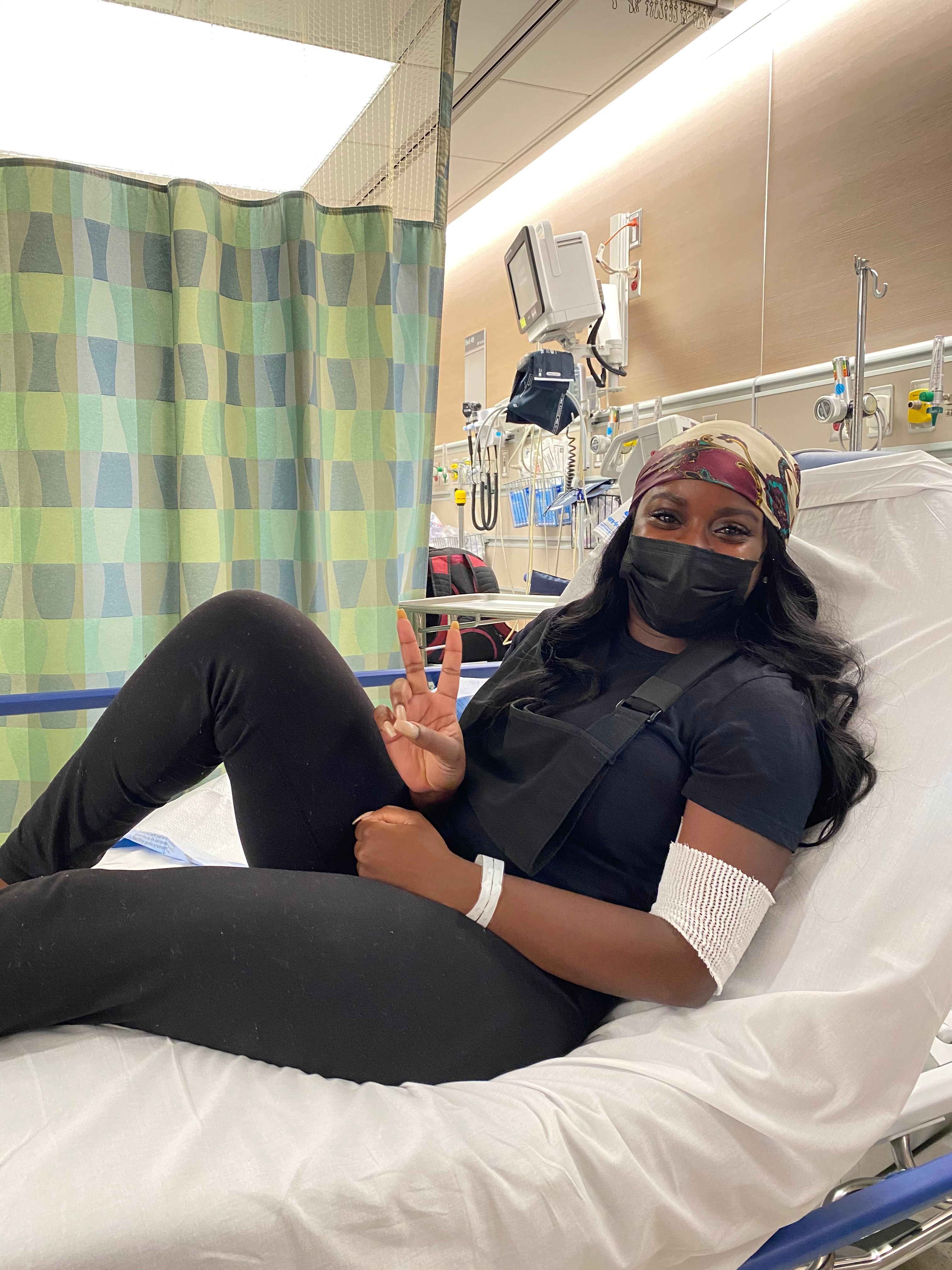Article
Understanding Telemedicine
With telemedicine trending to be a mainstay in how healthcare professionals treat patients, the Lymphoma Research Foundation speaks with Ameet Doshi, MD, MBA at HealthPartners about what is contributing to the surge and how it affects lymphoma patients and survivors.
Since the COVID-19 pandemic, many healthcare professionals have increased their virtual offerings — like video conferences — to continue to care for patients while following guidelines set by the Centers for Disease Control and Prevention (CDC) to mitigate the spread of the virus. This is just one example of telemedicine (also known as telehealth), which is distributing health-related services and information via electronic information and telecommunications, and the need is on the rise. In fact, according to McKinsey & Co., the use of telemedicine in 2020 has increased by 11 percent since the previous year.
With telemedicine trending to be a mainstay in how healthcare professionals treat patients, Ameet Doshi, MD, MBA, Lead Hospitalist for Telemedicine at HealthPartners, shares what is contributing to the surge and how it affects lymphoma patients and survivors:
Ameet Doshi, MD, MBA, HealthPartners (photo courtesy of HealthPartners)

WHAT FACTORS ARE CONTRIBUTING TO TELEMEDICINE’S SURGE?
The COVID-19 pandemic has accelerated many of the existing trends towards using telemedicine. Some of the benefits of telemedicine that have become apparent in the last few months include the convenience and safety factors for patients and expanding care (especially specialty care) to patients who otherwise do not have access. Also, the Centers for Medicare and Medicaid Services (CMS) and private insurers have broadened covered telemedicine services, which has helped with ensuring that health care organizations can create sustainable telemedicine programs.
WHAT ARE THE BENEFITS OF TELEMEDICINE?
As mentioned above, telemedicine visits allow patients the convenience of staying at home, not having to arrange transportation and often providing more flexible scheduling. Telemedicine can often be a more affordable service for patients without limiting the quality of care being received. Last, one overlooked aspect of telemedicine visits is the potential for the inclusion of the patient’s family members or other loved ones. Many of the most commonly used telemedicine applications allow for video-conferencing, meaning family can be involved in the patient’s care even from thousands of miles away.
WHAT KINDS OF TELEMEDICINE VISITS ARE AVAILABLE TO LYMPHOMA PATIENTS AND SURVIVORS?
Telemedicine visits can be done from a variety of locations. Patients can be at home and have phone or video visits with their healthcare provider, whether the provider is in the clinic, hospital or at home. Other options include going to a healthcare center and having a virtual visit with a healthcare provider in another healthcare center; this can help in situations where patients do not have internet access at home.
WHAT SHOULD LYMPHOMA PATIENTS AND SURVIVORS PREPARE BEFORE THEIR TELEMEDICINE VISIT? (INTERNET, PEN/PAPER, QUESTIONS FOR THE DOCTOR, ETC.?)
Having a list of questions prepared is always helpful — it’s hard to remember everything you wanted to ask on the spot! I would also make sure you check your internet connection, headphones, speakers or any other device you’re using; you don’t want to spend any of your valuable visit time troubleshooting technical problems. If you don’t feel comfortable with technology, ask your doctor’s office for assistance or even to try making a test call.
DOES INSURANCE COVER TELEMEDICINE VISITS?
In March of this year, CMS issued temporary policy changes that broadened coverage of telemedicine and waived many of the previous restrictions; this allowed home visits, audio-only visits and other services to be reimbursed. Our hope is that many of these changes will become permanent, as it will help patients continue to benefit from telemedicine care. Most private insurers also expanded coverage in line with CMS recommendations; however, it is important to check with your insurer about which specific telemedicine services are covered. Some insurers even partner with certain telemedicine providers to allow affordable care options.
HOW WILL TELEMEDICINE CHANGE HEALTHCARE IN THE FUTURE?
Telemedicine has a revolutionary potential for bringing patient care into the 21st century. It allows patients to get the services they need regardless of their geographical location and without sacrificing quality of care. In the future, I hope to see advances such as patients being able to conference with multiple specialists at once, just as if they were in an advanced care hospital. I also hope it will continue to make healthcare more affordable for patients, so that no one has to limit their care because of cost. As technology continues to improve and we learn how to create better virtual visits, I am excited about what progress lies ahead.
To learn more about telemedicine and COVID-19 / vaccines and its impact on the lymphoma community, visit the Lymphoma Research Foundation’s COVID-19 Learning Center at lymphoma.org/covid19.




